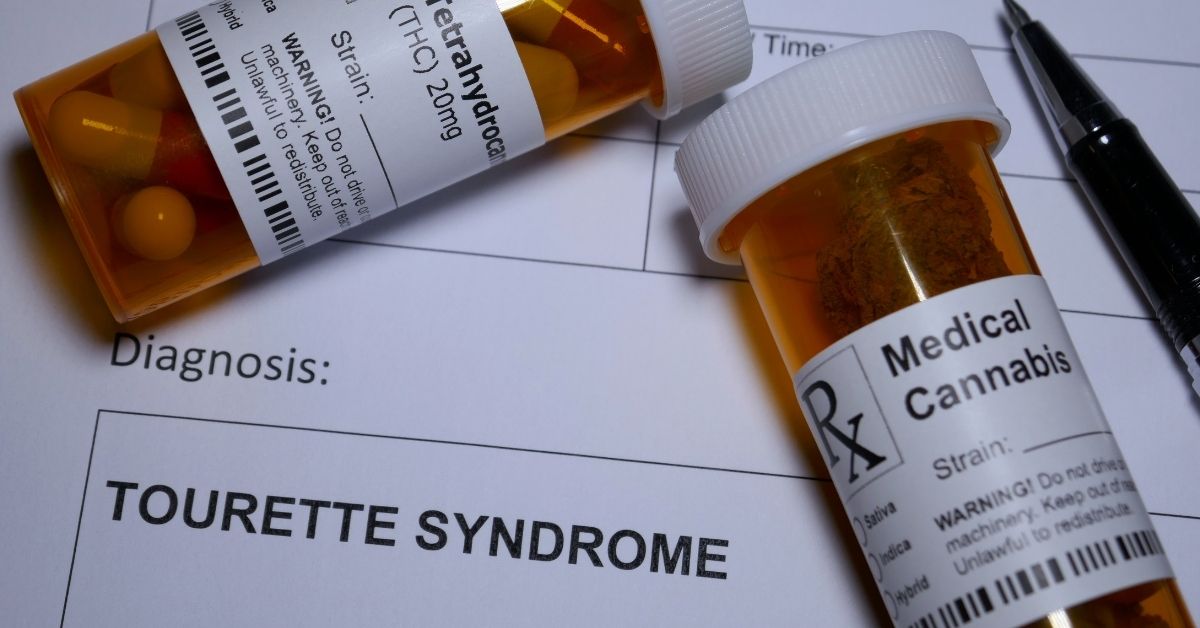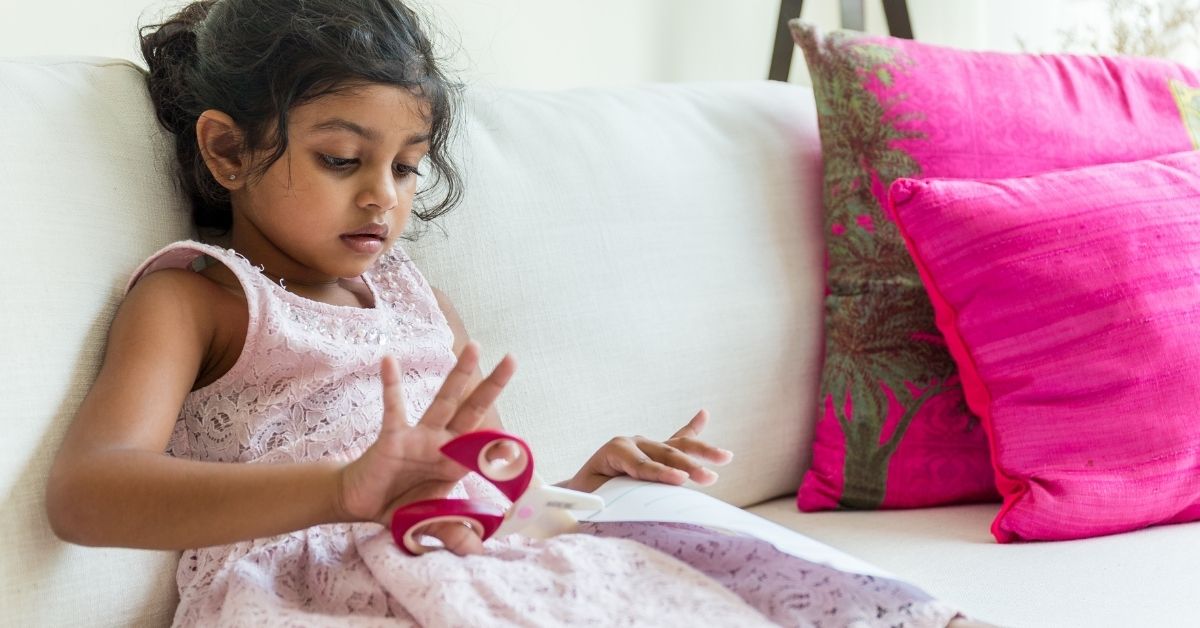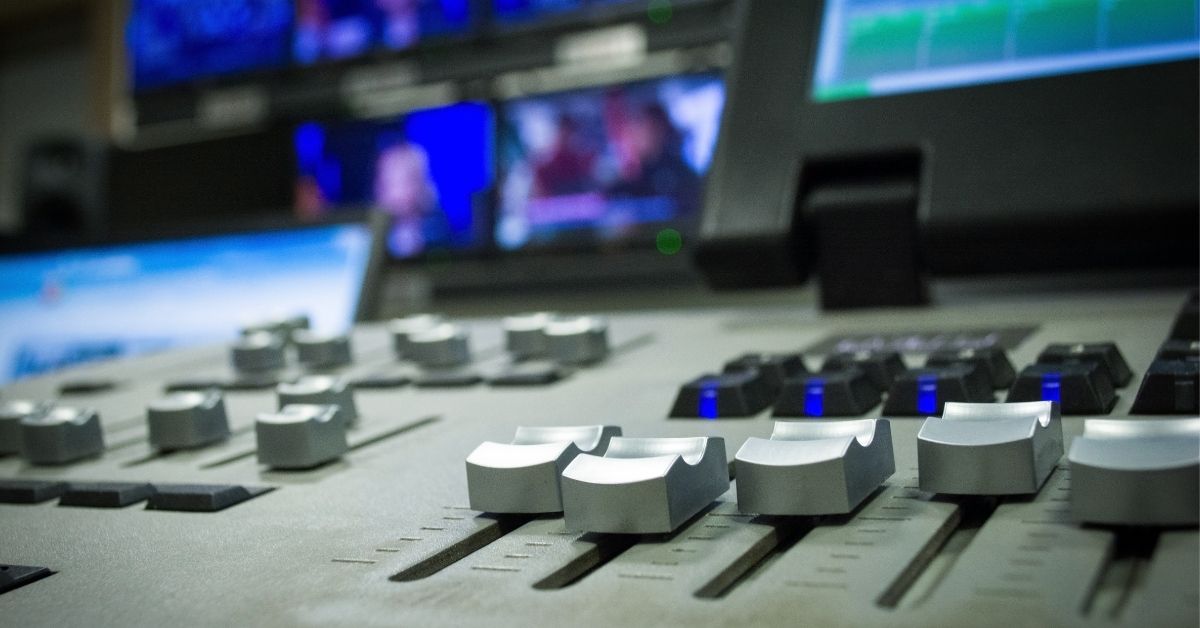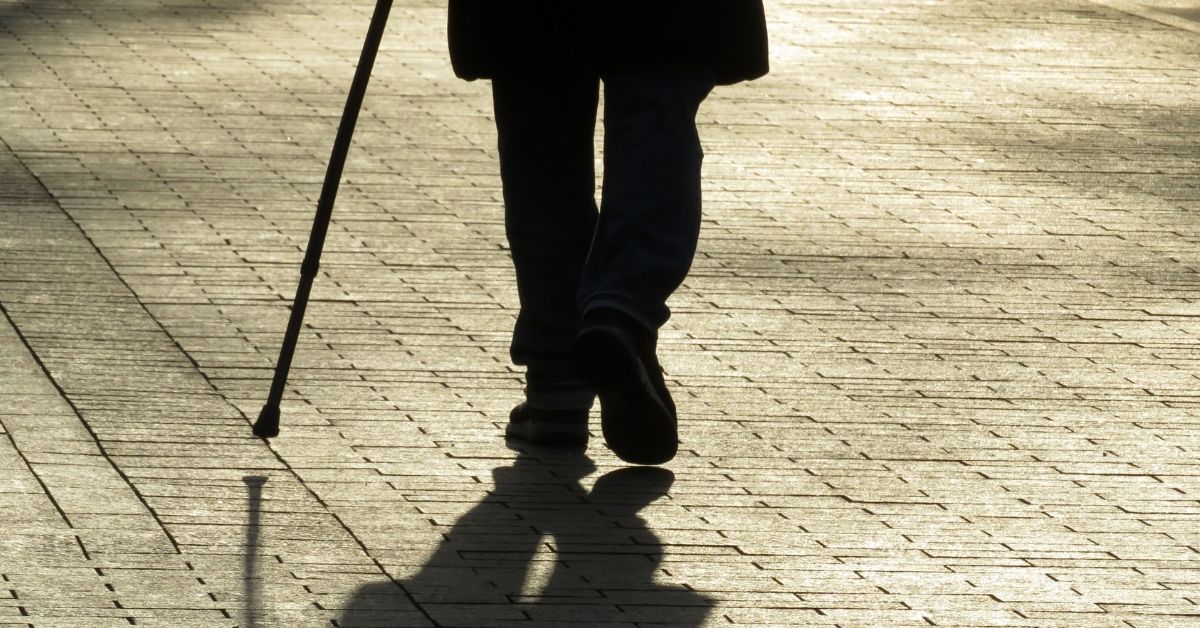Biography
Asma was the second born of two daughters to parents who were both working professionals and of a middle class background. Since the mother had some minor complication in the first delivery and as there was an eight-year gap between the two pregnancies with maternal age at 30 years, a planned, elective Cesarean was carried out. The delivery was conducted at term and the developmental milestones of infancy and early childhood were normal.
The maternal grandparents lived close to Asma’s home and looked after the two grandchildren when the parents were at work. In the Indian grandparenting context, this was carried out diligently, with focus on every aspect of traditional child development, covering the spectra of nutritional requirements, discipline, academic performance and physical, mental and spiritual growth. Asma’s attention-seeking behavior, temper tantrums and need to win every event she took part in might have been influenced by the environmental situation, but it was distinctly excessive on any account.
Exploring the Condition
Premorbidly, Asma was described as being intelligent, cheerful, sociable, enthusiastic about participation in extracurricular events like dance and music, and though a slow learner at school, she was keen on overcoming her academic deficiencies with added effort, which the teachers recognized and were lenient when marking her.
Asma’s clinical problems manifested at the age of six years, with two types of bizarre episodes of a repetitive, stereotypic nature. The first involved jumping up and down 10-20 times, in a seated position, clapping hands and bursting into unprovoked laughter, which could not be described as totally mirthless. She was aware and able to answer questions during the episodes, which were associated with sweating and terminated, after a couple of minutes in a cough, as if she was choking. These episodes occurred frequently.
The second type, 15-20 episodes in 24 hours, occurred both while awake and in sleep initially, and later was confined to the sleep stage. The attack was of arousal, stare, movement of hips up and down 5-10 times rhythmically (pelvic thrust), followed by a smile, hyperventilation and incomprehensible muttering for a few minutes and back to sleep. Initially she was responding to call during these episodes, but later she became unresponsive right through the episode. After basic seizure screening, in a city Epilepsy Clinic, which included neurological assessment, EEG and MRI neuroimaging, anticonvulsant therapy had been initiated, with some control of the frequency of seizures. Meanwhile, behavioural patterns, which were a clear departure from the norm for Asma had peaked, which caused great alarm to the family and school teachers at the mainstream school where she had studied from lower kindergarten class. The Principal of the school, who had known many childhood neuropsychiatric problems sorted out for them by the TriMed and Neurokrish team, referred the child to the medical facility, with a word of encouragement to the dispirited parents.
Our Healing Approach
When Asma presented to our service, accompanied by her parents, a month after the initial symptoms, she had clusters of 5-6 one-minute seizure episodes packed into 1 hour of daytime sleep and 3-4 two-minute nocturnal episodes. Bedwetting occurred once in two days, and only at night. The abnormal behaviours ranged from hyperactivity, aggression, abusive behaviour, biting, spitting, excessive and disorderly eating, to bullying other children, lying and employing overtly manipulative behaviours and defiant behaviour towards figures of authority. This was reported after detailed assessment by the Child Behaviour Therapist of Neurokrish.
The TriMed-Neurokrish team was alerted to gear up to fulfil their individual and collective roles in remedying the enormous challenge posed by Asma’s health problems. They had to bring into action (with mild variations, to suit the individual and the situation) the protocol for ‘Comprehensive Care for Epilepsy’- a best practice model for a resource-poor country like India, developed by Dr. E. S. Krishnamoorthy, to suit the sociocultural milieu and fine-tuned over the years of its use by him and his team members.
The basic requirement is a multidisciplinary team, which provides treatment, therapies, counselling and hand-holding for the patient and parents to get over the worst initial phase and to participate with hope even as they witness a palpable shift towards the positive phase of patient management.
Detailed medical and neurological examination of Asma revealed no overt clinical markers – neurological, endocrinal or genetic, suggesting a developmental disability or heritable trait. Repeated electroencephalograms (EEG’s) were abnormal with bilateral spike and wave dysfunction but failed to reveal any localization or lateralization of epileptiform activity. There was no suggestion of any syndromic epileptic disorder. Detailed testing of hematological, biochemical, endocrinal and metabolic, infectious and inflammatory parameters was non-contributory. Repeated MRI scans were taken, including a 3 Tesla MRI scan, the last, to define even a minute lesion if present It failed to reveal any neurodevelopmental markers of significance. We looked for hippocampal sclerosis, cortical dysplasia and hypothalamic hamartomas in particular and these were eliminated.
It was the turn of the clinical psychologist to assess the patient using standard assessment scales; Binet-Kamat Test for general mental ability, screening test for specific learning disability, NIMHANS Neuropsychological Battery for Children for profiling the neuropsychological component and Raven’s Control Projection Test, to assess the child’s attitude towards parents, friends, likes, dislikes, fears and worries. On these tests, she was found to have bright normal intellectual ability with an IQ of 119, mild difficulty in (the ‘three R’s’ as they were referred to in the colonial days! – ‘a’ being silent in arithmetic in its verbal rendering) reading, writing and arithmetic. She fell behind what was expected at her age. She also had problems in the areas of working or online memory, comprehension, attention (more frontal lobe related), visuospatial ability and mild memory deficit.
The projection test revealed “fighting with friends, problems at school and fear of ghosts”. While the child was cooperative and it was possible for the psychologist to establish rapport with her easily, she had a tendency to stray into phases of inattention, verbosity, playfulness and gnosis. This resulted in tests being incomplete. Given her general levels of comprehension, her ‘show of indifference’ to the overall predicament struck one as being altogether incongruous.
“The basic requirement is a multidisciplinary team, which provides treatment, therapies, counselling and hand-holding for the patient and parents to get over the worst initial phase…”
The Diagnosis
Asma was diagnosed to have epilepsy with complex partial seizures originating from frontal lobe. Behavioural problems are known to occur in complex partial seizures of frontal origin, as are the selective areas of learning disability. Her inability to keep up with the class, further aggravated the abnormal behaviour, as she was obsessed with being a winner every time.
The child was started on Levetiracetam and Clobazam, two of the anticonvulsants in the list of drugs of choice for this type of seizure disorder, in a girl child of pre-pubescent age. Risperidone in small doses was introduced in an attempt to control difficult behaviours. Multidisciplinary interventions included behavioural therapy, neurodevelopmental and task-based occupational therapy (specifically with focus on attention, fine motor skills and handwriting) and remedial educational support after school for dysgraphia and dyscalculia. With family counselling, it was possible to persuade the family to cooperate even more, as they developed awareness of the child’s genuine health problem and the basis of the multidisciplinary approach. The management protocol was complimented by working with the school, counselling the Head and the teachers, developing a joint statement of special needs and building a therapeutic alliance with her concerned but informed and enthusiastic parents and grandparents. Developing a process of continued and consistent communication between the family, school and treatment team was well established, and continued over several years.
Over weeks, with titration of anticonvulsant drug dosage, her episodes remitted. With optimal use of risperidone and the therapies, her behavior pattern also became more manageable. Her problems with inattention, learning and academic performance did however continue. Although through the six-year period of comprehensive care, Asma had managed to remain in mainstream education, and continued to work with her behavioral therapist and special educator, she was advised by Dr. Krishnamoorthy to drop a year and to consider more flexible educational streams in order to cope and with less tension all round, as stress of studies, a board exam to face, failures etc., could exacerbate the seizures and the behavioural problems. Following this advice and guidance, her parents sought admission for Asma in a city special school offering the National Open School stream. This stream allows choice of subjects with which the candidate is comfortable and he/she can take the school leaving examination, covering 2 or 3 subjects at a time at a hassle-free pace.
Epilepsy
The onset of any form of epilepsy can be devastating to the patient and family. It may repeat frequently or be moderate to severe, and persist through the lifespan, affecting education, employment, marriage and even independent living. Early diagnosis and treatment with anticonvulsants is essential. What is equally important is to have continued specialized and comprehensive epilepsy care to give the person with epilepsy a quality of life. Complex partial epilepsy of frontal origin are very uncommon, and can pose a diagnostic dilemma, unless the clinician has a clear knowledge of the condition. This is where a health care provider can draw from literature on the subject and know what others have said about it. A much cited author Williamson (1985), described “the complex partial attacks of frontal origin as brief, frequent attacks, complex motor automatisms, kicking, thrashing, pelvic thrusting, vocalization, while consciousness is maintained”, pretty much what our patient presented with.
Braakman (2012) undertook a comprehensive neuropsychological study of 71 children with cryptogenic (with no detectable lesion) frontal lobe epilepsy (FLE) to report that, “Across measures, the patients demonstrated a host of cognitive and behavioral impairments”, which again goes with Asma’s clinical picture and further confirmed by the presence of gelastic epilepsy. Gelastic epilepsy (‘laughing epilepsy’- Gelastikos in Greek meaning laughter) is a very rare epilepsy form, and is most frequently due to a benign tumour in the hypothalamus, but may also originate from the frontal or temporal lobe. Unnwongse (2010) recorded the symptomatic zone of laughter in the frontal lobe of a patient with gelastic epilepsy, employing intracranial video EEG. Benge (2014) observed that Executive Functioning, which is the ability to initiate volitional responses, plan, decide, and monitor performance is one of the most frequently impaired cognitive constructs in FLE. The frontal lobes have a critical role to play in memory functions as well, including organization and encoding of information to be learned, memory retrieval, and prospective memory. Attention and working memory difficulties may add to the cognitive deficit.
With all these areas of deficit, it is not surprising that the patient manifest learning disability. The clinical psychological assessment at baseline with performance score recording, when the patient started the treatment regimen, followed once in 3-6 months, will give a clinical evaluation of the progress, status quo or even regressive tendency, correlating with the real world patient’s all round performance, and carry with it projection and prognostication value.
- Braakman HM, Ijff DM, Vaessen MJ, Debeij-van Hall MH, Hofman PA, Backes WH, et al. Cognitive and behavioural findings in children with frontal lobe epilepsy. Eur J Paediatr Neurol. 2012; 16: 707-715.
- Williamson PD, Spencer DD Complex partial seizures of frontal origin Ann Neurol 1985 Oct.; 18,(4), 497-504
- K. Unnwongse, Wehner T, Singaman W Gelastic Epilepsy and the anteromesial superior frontal gyrus Epilepsia Vol 51, issue 10, 19th March 2010
- Jared F Benge, J Michael Therwhanger, Batool Kirmani The Neuropsychology of Frontal Lobe Epilepsy: A Selective Review of 5 Years of Progress. J. of Neurological Disorders and Stroke, Special issue on Epilepsy, May 2014, 2 (3), 1057
Our Focus:
Comprehensive Epilepsy Care
Comprehensive Epilepsy Care is about targeting patients, caregivers, healthcare professionals and society at large with focus on helping the person with epilepsy minimize stigma, achieve optimal activities of daily living (ADL), health related quality of life (HRQoL); social, educational and occupational milestones. It enquires into the goal of each treatment or therapy employed within a time frame, while including the patient’s (and their relatives) subjective evaluations and perspectives. There is considerable evidence to suggest that information, education and understanding help people deal with their condition better, as ‘knowledge is power’. There is also evidence in epilepsy that psychosocial interventions improve outcome. For the team to plan the intervention effectively, it is imperative that the problems diagnosed in the clinical or lab setting is converted to understanding their real world correlates and this derived knowledge is applied towards holistic and individualized patient care.
Looking Ahead
Asma has remained seizure free, has not shown any further behavioral decompensation and remains aligned with the therapeutic team and school. The parents express their heartfelt thanks everytime they come to TriMed for follow up. The Child Behaviour Therapist, in her inimitable way says that she will take Asma’s self confidence and self esteem to the next level as she enjoys total rapport with Asma (as with other children), teases and chides her and in turn hugs her to show appreciation. The Trimed-Neurokrish team is happy to deliver patient-centred, holistic healthcare with patience and diligence as a team in the midst of a modern consumerist healthcare environment.










